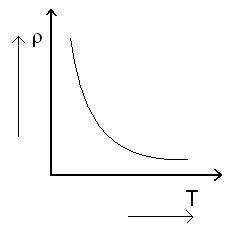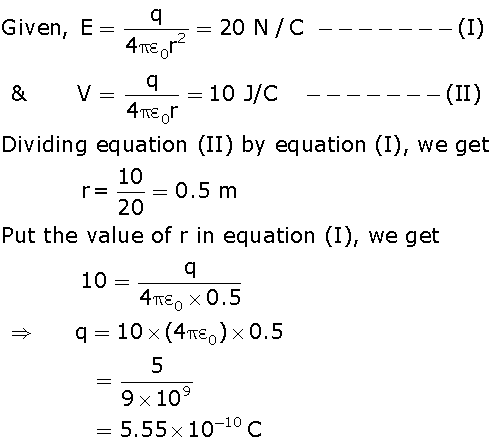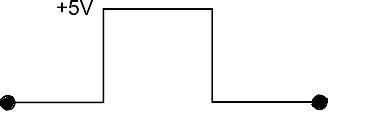CBSE Delhi-Set-1-2006
To Access the full content, Please Purchase
-
Q1
Define the term ‘dielectric constant’ of a medium in terms of capacitance of a capacitor. Marks:1View AnswerAnswer:
The ratio of capacitance of a capacitor with given dielectric medium to the capacitance of same capacitor with free space in between the plates is called dielectric constant of medium. -
Q2
Sketch a graph showing variation of resistivity of carbon with temperature. Marks:1View AnswerAnswer:
The required graph is given below:

-
Q3
The vertical component of Earth’s magnetic field at a place is  3
3times the horizontal component. What is the value of angle of dip at this place? Marks:1View AnswerAnswer:
According to given condition, 
Angle of dip is given by the formula,

-
Q4
With what purpose was famous Davisson-Germer experiment with electrons performed? Marks:1View AnswerAnswer:
It was performed to demonstrate the wave nature of electrons and to measure the de Broglie wavelength of electron waves. -
Q5
Name the type of communication in which the signal is a discrete and binary coded version of the message or information. Marks:1View AnswerAnswer:
In digital communication the signal is discrete and binary coded. -
Q6
The electric field and electric potential at any point due to a point charge kept in air is 20 NC-1 and 10 JC-1 respectively. Compute the magnitude of this charge. Marks:2View AnswerAnswer:

-
Q7
Write the mathematical relation between mobility and drift velocity of charge carriers in a conductor. Name the mobile charge carriers responsible for conduction of electric current in (i) an electrolyte (ii) an ionised gas. Marks:2View AnswerAnswer:
The mathematical relation between mobility and drift velocity of carge carriers in a conductor is given by

where Vd = Drift speed and E= Applied electric field. The mobile charge carriers responsible for conduction of electric current are:
(i) Electrolyte:- Positively charge carriers(cations) and negatively charge carriers(anions).
(ii)Ionised gas:- Positively charged gas ions and electrons. -
Q8
State the principle of working of a cyclotron. Write two uses of this machine. Marks:2View AnswerAnswer:
The working principle of cyclotron is given as follows:- 1. An ion beam when moving perpendicular to a uniform magnetic field describes a circular path and time for one revolution is independent of the velocity of ions as well as radius of circular path. 2. An ion beam can be accelerated to a high energy by applying suitable electrical potentials in a suitable manner. The two uses of cyclotron are given as follows:- 1. For the production of highly energetic ions. 2. In implantation of ions into solids so that their properties can be changed. -
Q9
Draw a labelled ray diagram of a reflecting type telescope. Write its any one advantage over refracting type telescope. Marks:2View AnswerAnswer:
The labeled diagram of a reflecting type telescope is given below:

The main advantage of reflecting type telescope over refracting telescope is that it completely removes the chromatic aberrations in the image formed. -
Q10
Draw and explain the output waveform across the load resistor R, if the input waveform is as shown in the given figure.

Marks:2View AnswerAnswer:
The given input waveform varies from +5V to -5V. When the input voltage is +5V, the diode is forward biased and it appears across the resistor R. Now when the input voltage is -5V, the diode gets reverse biased and no conduction takes place through it, hence output across resistor R is 0. 



